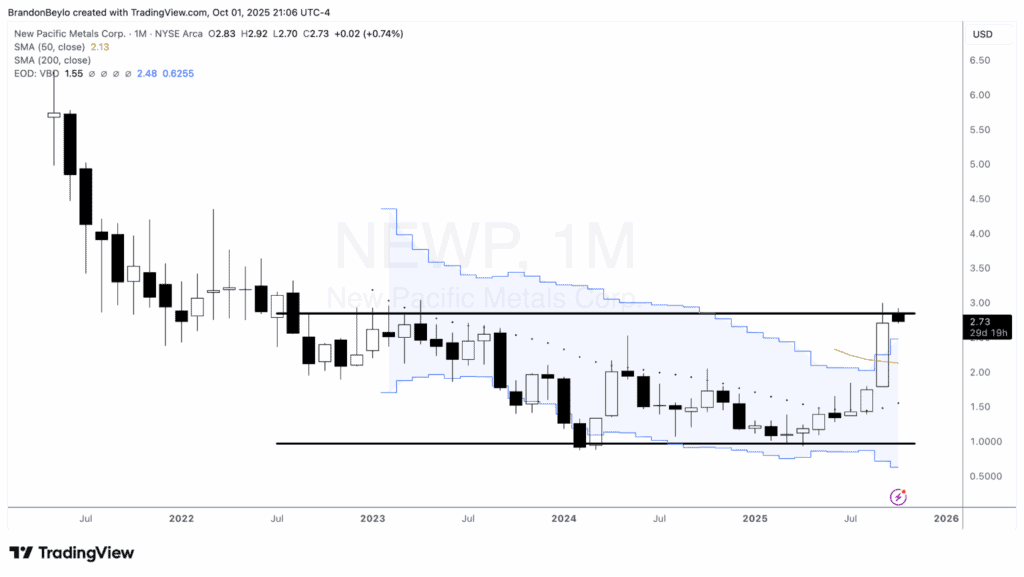Stephanie Pomboy is an independent market analyst and founder of MacroMavens LLC, a macroeconomic research firm.
Pomboy believes we’re headed for a profit recession where companies will see their bottom lines take a significant hit. This will be driven by rising wages, rising interest rates, and rising commodity prices.
The following essay examines each of these factors and breaks down their impact on profitability, as well as stock prices and valuations.
Stephanie Pomboy’s Three Factors of Profit Recessions
Factor #1: Rising Wages
Pomboy believes rising wages are the primary cause of a profit margin recession because it forces companies between a rock and a hard place. No matter what they do, their profits suffer.
If they increase wages while keeping the price of their goods the same, their profits decrease due to higher costs.
If they increase wages while raising the price of their goods, their profits still decrease. Even though the higher price point may cover the wage increase, there will be less consumer demand because prices are more expensive. Less demand leads to fewer sales and lower profits.
So what should investors do?
Unfortunately, there’s not much investors can do about rising wages. It hits all companies and is a part of the natural business cycle.
The best thing an investor can do is stick to their investment plan and continue to invest in good businesses for the long term.
Sign #2: Rising Interest Rates
Pomboy argues that rising interest rates also compress profit margins.
When interest rates rise, companies have to pay more to borrow money. This increases their “cost of capital” and reduces profitability.
For example, suppose a company borrows $100,000 at a 6% interest rate to invest in a new manufacturing plant:
- Their interest payment on that debt will be $6,000 per year.
- And management believes the new plant will generate $7,000 per year in profit.
This is a no-brainer — the return on investment ($7,000) would more than cover the added debt expense ($6,000).
But what if interest rates rise and the company has to borrow that same $100,000, but at a 9.5% interest rate?
- The company’s interest payment jumps to $9,500 per year.
- But the plant’s annual profit stays at $7,000 per year.
The return on investment ($7,000) is now less than the added debt expense ($9,500).
The project becomes unprofitable and won’t be approved. And longer term, this higher cost of capital leads to fewer expansion efforts, thereby limiting a company’s profits.
Another problem with rising interest rates is that existing debt becomes more burdensome.
If a company has a floating interest rate on their long-term debt, rising interest rates will increase the costs to service that debt.
So what can investors do about higher interest rates?
Avoid investing in companies with floating-rate debt.
And if you do invest in those types of companies, make sure cash flows sufficiently cover interest payments. The higher the ratio of cash flows to interest payments… the better.
Sign #3: Rising Commodity Prices
Pomboy also believes that rising commodity prices pressure profit margins.
As commodity prices increase, companies must pay more for the raw materials they use to produce their goods. This raises costs and lowers profit margins.
Take a lemonade stand for example. There are two primary raw materials in this business: lemons and sugar.
In a typical environment, lemons cost $0.25 and sugar another $0.25. The lemonade is then sold for $1 per cup. This equates to a $0.50 profit per cup with 50% margins.
But if commodity prices rise, the same lemons would cost $0.35 and sugar $0.45. This increases the total cost of every cup to $0.80.
With each cup still being sold for $1, profits shrink to $0.20 — a 20% margin. That’s a 30% drop in margin from rising commodity prices.
Since lemonade is a commodity, prices can’t be raised to accommodate higher input costs. Customers can simply go to another lemonade stand or even a McDonald’s to satisfy their cravings at the lowest possible cost. The lemonade stand doesn’t have pricing power.
Pricing power protects against rising commodity costs. There are a few ways companies can achieve it:
- Brand Name: A company can raise prices without suffering a demand drop when their customers are loyal to their brand and are willing to pay more for it. If Apple made lemonade, you can bet their customers would keep buying it no matter the price.
- Product Uniqueness: Some companies manufacture products that don’t have a substitute. They can charge what they want for them and people will be forced to pay because they can’t go anywhere else.
- Economies Of Scale: Companies can have purchasing power over their suppliers too. Large companies can get discounts if they buy massive amounts of inputs (like lemons and sugar). This can counteract rising commodity costs.
There are a couple ways investors can protect themselves against rising commodity costs.
First, investors can avoid investing in companies with significant commodities exposure. This eliminates nearly every energy and gas, agriculture, and some manufacturing companies.
Second, investors can hedge their commodity exposure via the futures market. For example, if an investor is long an oil producer/exporter, they can hedge by shorting crude or Brent oil in the futures market.
Here’s a link to a primer on the futures market and how to get started trading it.
Wrapping Up
As Stephanie Pomboy explains, higher wages, higher interest rates, and higher commodity prices are not good for profitability.
To deal with this reality, our team has been looking at the energy, financial, and healthcare industries. We explain why these industries tend to outperform during periods of higher input prices in this Value Investing & Inflation report.
And if you’d like more lessons from market legends like Stephanie Pomboy, check out our free “Trading Greats” report here.







